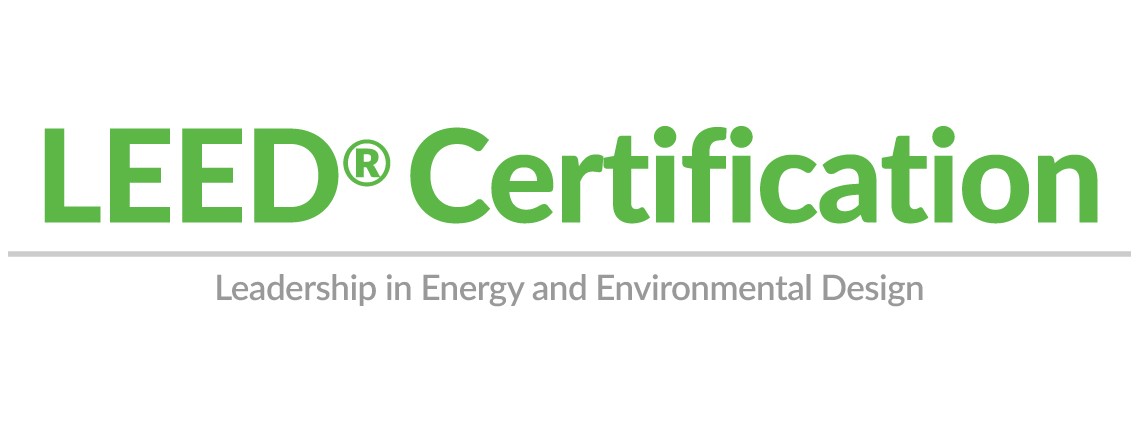LEED Certification 101

LEED (Leadership in Energy and Environmental Design) is a widely recognized and respected certification for environmentally sustainable building design and construction. Having a LEED credential can be valuable for architects and designers, as it demonstrates their knowledge and expertise in green building practices and can help them stand out in a competitive job market. Additionally, many building owners and developers are increasingly looking for professionals with LEED experience or certification, as it can help them meet their own sustainability goals and comply with local regulations. However, the value of a LEED credential may vary depending on the region and the specific market.
LEED (Leadership in Energy and Environmental Design) certified buildings are structures that have been designed, constructed, and operated in an environmentally responsible manner. They are designed to use less energy, water, and other resources, and to produce less waste and pollution. To become LEED certified, a building must meet certain standards set by the U.S. Green Building Council (USGBC), a non-profit organization that develops and maintains the LEED rating system.
LEED certification is based on a point system, with buildings earning points for meeting various sustainability criteria in categories such as energy efficiency, water efficiency, materials and resources, indoor environmental quality, and innovation in design. The building is then awarded a certification level based on the number of points earned: LEED Certified, Silver, Gold, and Platinum.
LEED certified buildings can include a variety of structures, such as office buildings, homes, schools, hospitals, retail spaces, and more. These buildings are designed to be more energy-efficient, use less water, promote better indoor air quality and reduce waste, and they provide a healthier, more productive environment for the people who use them.
There are several ways to find the best place to get LEED certified. Some steps you can take include:
- Research different training providers: Look for providers that offer LEED-specific training, have certified instructors, and provide study materials such as practice exams and flashcards.
- Look for providers with a good reputation: Check out online reviews and testimonials to get an idea of the quality of the provider’s training.
- Look for providers that offer different study options: Some providers offer in-person, online, or self-paced study options to fit your schedule.
- Check if the provider is authorized by the Green Business Certification Inc (GBCI) or other related bodies to deliver the training and the certification.
- Consider the cost and location of the training provider: Compare the costs and locations of different providers to find one that fits your budget and is convenient for you to attend.
- Look for providers that also offer continuing education hours for maintenance of the certification
It is important to keep in mind that LEED certification is a continuous process, in order to maintain the certification, the building must meet the standards of the certification level, and the certification holder must follow the continuing education requirements.
#LEED #Buildings #Certification #Certified #CBCI #USGBC #Architects #Designers
Helpful Links and Resources:







